When done well there are very few things in the world better than good mashed potatoes. By good, I mean smooth, creamy, buttery, and well seasoned. Potatoes like that can be the star of any plate no matter what the main attraction is supposed to be. But how do we make potatoes like that? What’s the secret? Obviously, I’m going to tell you.
These are my…
5 TIPS FOR BETTER MASHED POTATOES
The right potato for the job
Believe it or not, there are right and wrong potatoes to use for mashed potatoes. For my money, I prefer a russet or white potato for mashed potatoes. I’ll get into the reasons for this in a second. Before I do though, I want to say that Yukon gold potatoes and a few other waxy varieties can and do make delicious mashed potatoes. Especially since these varieties of potato tend to have a superior flavour. However, it is a more difficult process and requires a little more finesse. This is due to the fact that when these types of potatoes are cooked they tend to get gummy. This is especially true when they start to lose their heat. Because of this, they have to be processed very quickly after cooking. They usually also require a higher portion of cream and butter to get the desired consistency. I save these for special occasions.
Why I like Russet Potatoes
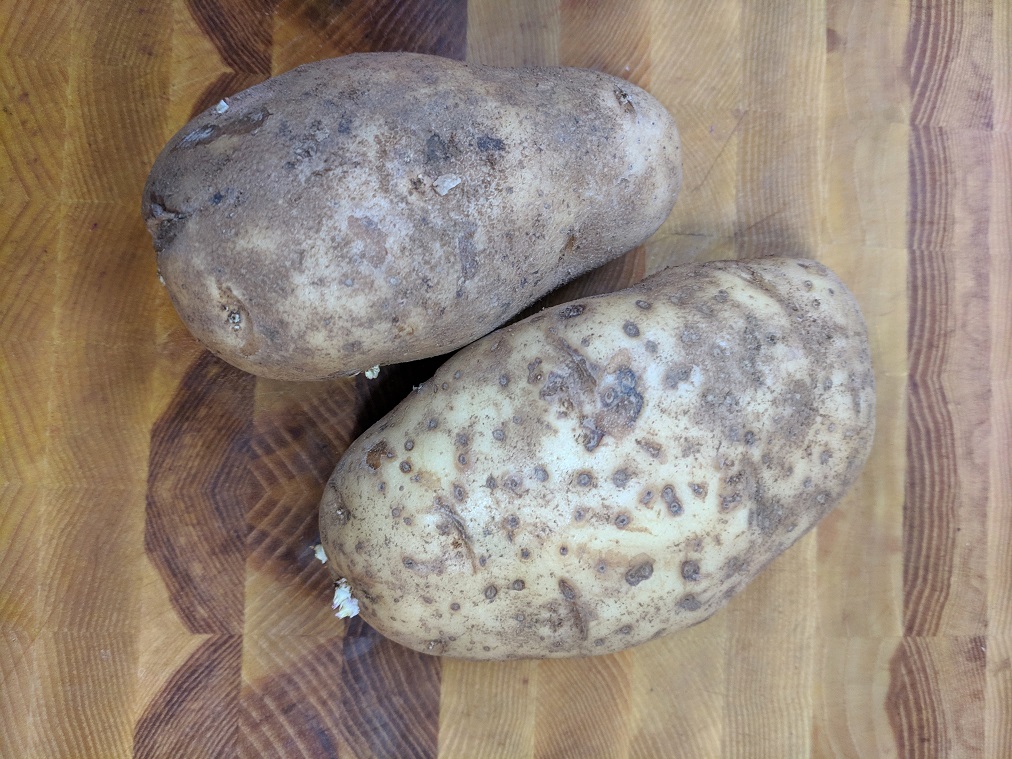
To me, there are many benefits to using a russet potato to make mashed potatoes. First and foremost, their size is convenient. Russet Potatoes are a fairly large variety which makes them easy to hold while peeling, and you get more potato per potato. They are also cheap and readily available.
The russet potato is dry and mealy. This means it doesn’t generally hold a lot of water and it mashes very easily. However, like most potatoes, if over boiled russets can absorb and hold large amounts of water that will make mashed potatoes watery.
When cooking russet potatoes for mashed potatoes, peel and dice them into evenly sized cubes. Rinse the potatoes under cold water until the water runs clear. This will wash off excess starch. Next, put the potatoes in a pot of cold water. Add enough salt to make the water taste like the ocean. I suggest about 1 big teaspoon per litre of water. Bring the potatoes to a boil and cook only until the potatoes are tender, then drain.
Letting the potatoes dry
One of the most keys to really great mashed potatoes is to make sure the potatoes are dry before mashing them. This is done in two main ways. First of all, as I already mentioned, don’t overcook the potatoes. There really isn’t any coming back from this. The potatoes will become waterlogged and then there really isn’t much you can do about it.
The second way, or rather the second step to drying the potatoes is to let them steam dry in the colander. After the potatoes are cooked, drain them as you would in a colander. Then, just leave them alone for about five minutes. You will see all this steam coming up from the potatoes and you may think that this means you are losing heat, but really that steam means that moisture is evaporating from the potatoes and drying the out. You will even notice a colour change. The potatoes will go from a mild yellow colour to dry white colour. That’s what you want.
Cream and Butter
While the potatoes are steam drying in the colander take the opportunity to heat up the cream and butter. I say cream, but you can use milk if you prefer. However, the cream will provide a richer flavour and a better texture to the potatoes. Heating up the dairy before adding it to the potatoes will help keep the potatoes hot. Cold mashed potatoes aren’t nearly as good as hot ones.
Since the potatoes are in the colander, you can use the pot the potatoes were cooked in to heat up the cream and butter.
How much cream and butter should you use? For four to five russet I use between 1/4 -1/2 cup of cream and 2 tbsp of butter.
Seasoning
Potatoes on their own are pretty bland, they need salt and pepper. Add a little seasoning to the cream and butter then add more to taste once the potatoes are mixed in.
How much salt and pepper should you use? For four to five russets I generally use about 1 – 1 1/2 tsp of Kosher Salt and about 1/4 – 1/2 tsp of pepper. Really though, it comes down to taste. Add a little, taste and add more as needed.
Masher v. Mixer v. Food mill
There are three main tools that people use to mash potatoes. They are a regular old potato masher, a mixer like a kitchen-aid, or a food mill. I’m much more partial to the food mill than the other two options.

Why I prefer the food mill
I prefer using a food mill to make mashed potatoes because it yields the smoothest potatoes you will ever have. Using a hand masher it is next to impossible to get all the lumps out of the potatoes. As for a mixer, I find I rarely get all the lumps out and there is the risk of over-mixing the potatoes. This can cause the potatoes to get gummy and pasty.
So, the potatoes have been cooked and drained. The cream and butter have been heated, and seasoning has been added. Set the food mill over the pot and mill the potatoes right in. Then mix to combine the potatoes with the cream and butter. What you have will be absolutely delicious, smooth, buttery, creamy potatoes.
Conclusion
Delicious mashed potatoes are not difficult to make. They don’t really take any extra time either. It really just comes down to putting in a little extra care and love. I promise you it is worth the effort. If you want to see for yourself, make a steak dinner or something like that. Make the potatoes I just described as the side dish and don’t say anything to your family. See how quickly they eat the potatoes compared to the rest of the food on their plate. That will be all the proof you need.
Thank you as always for reading. Have a great weekend! See you Monday.

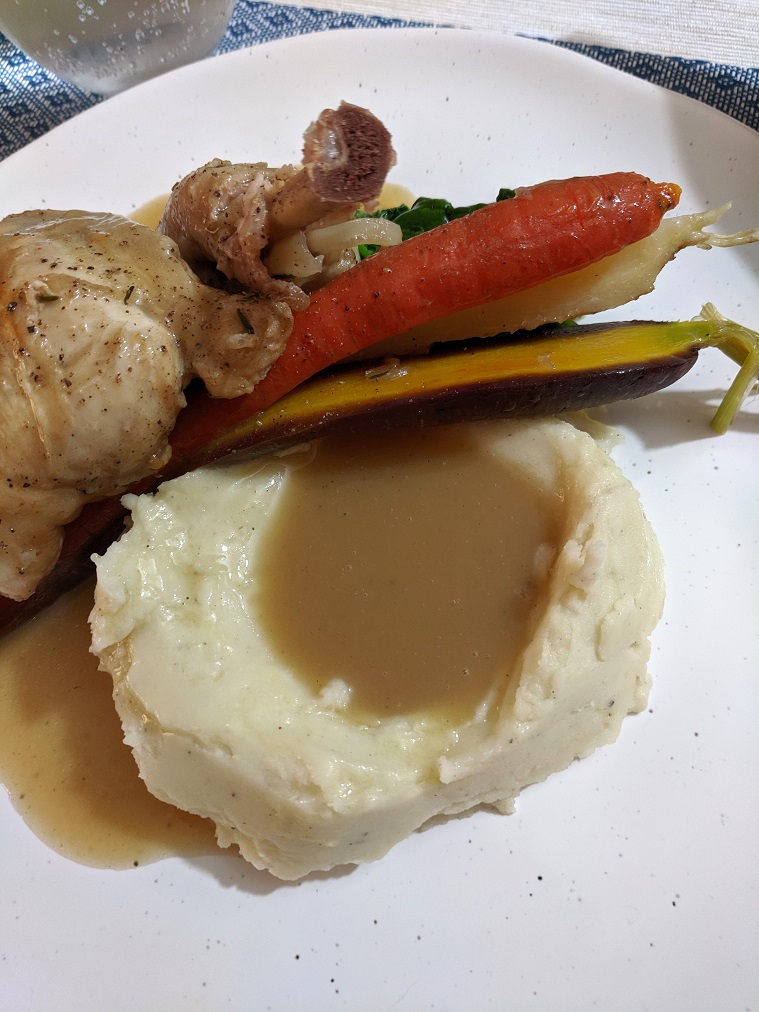
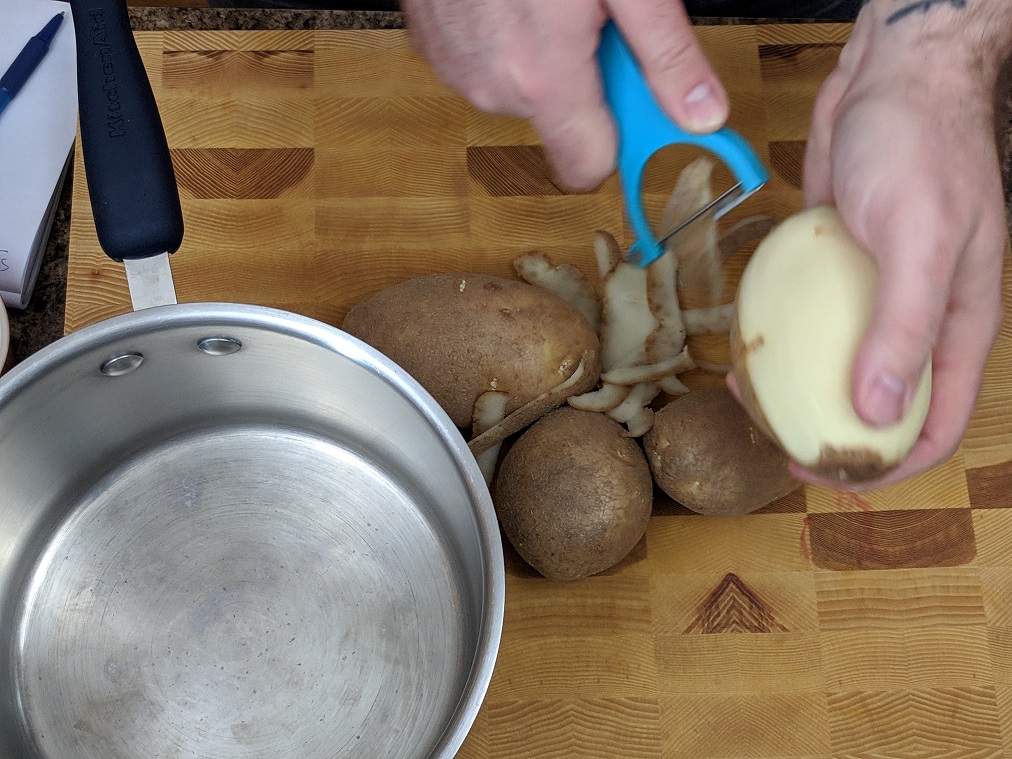
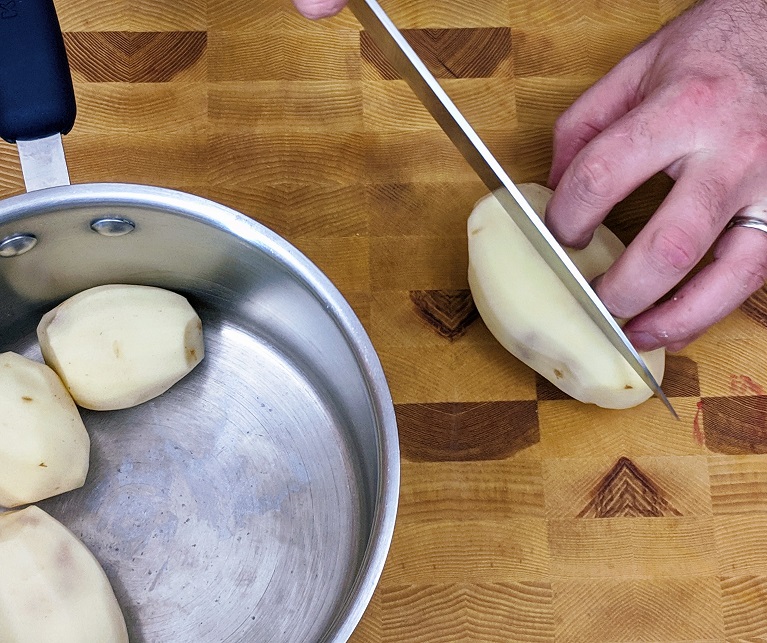
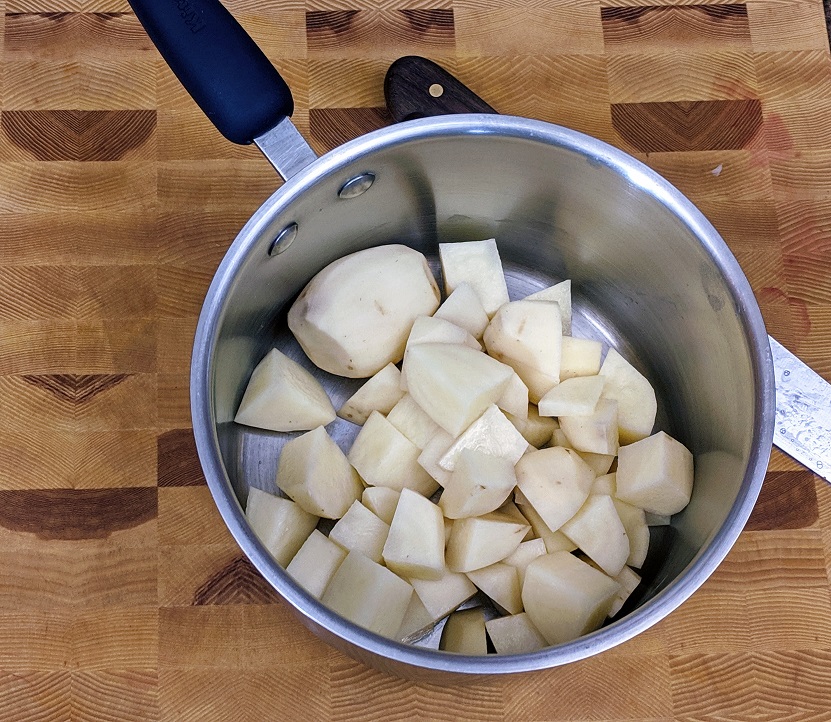
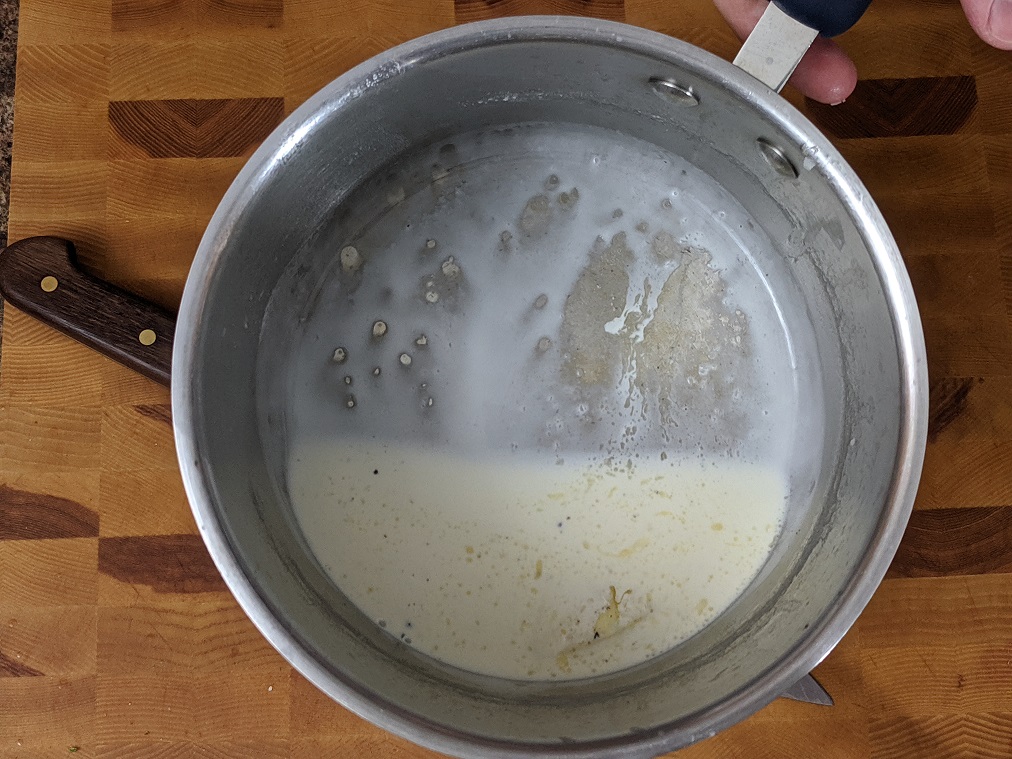
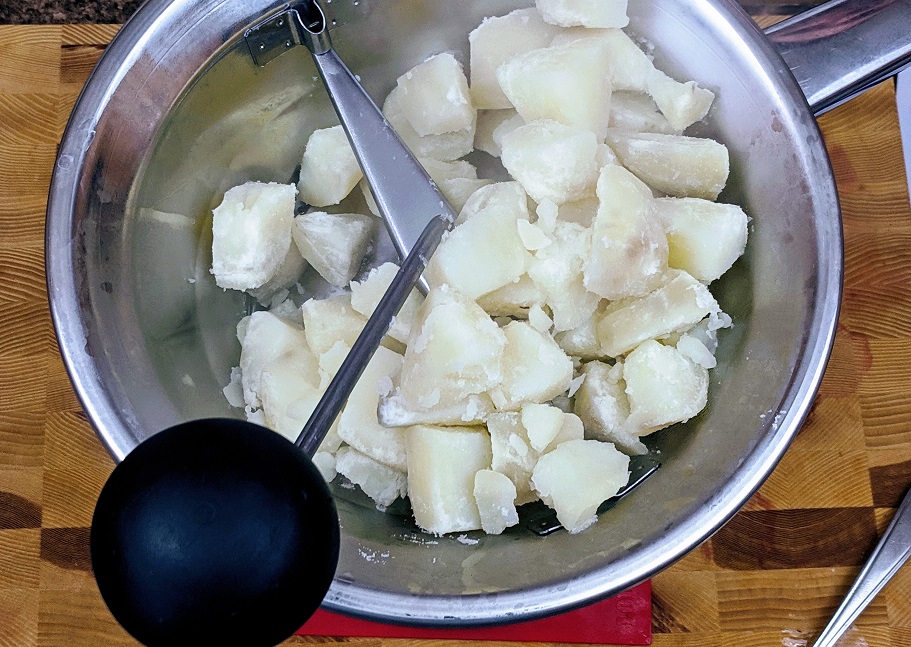
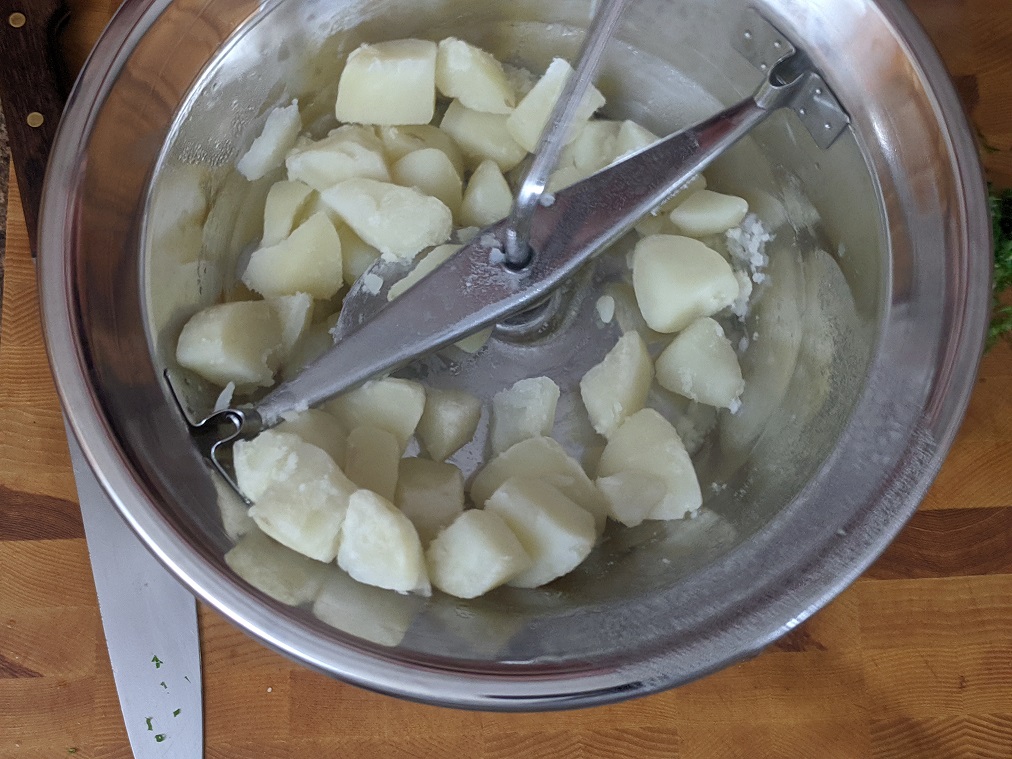
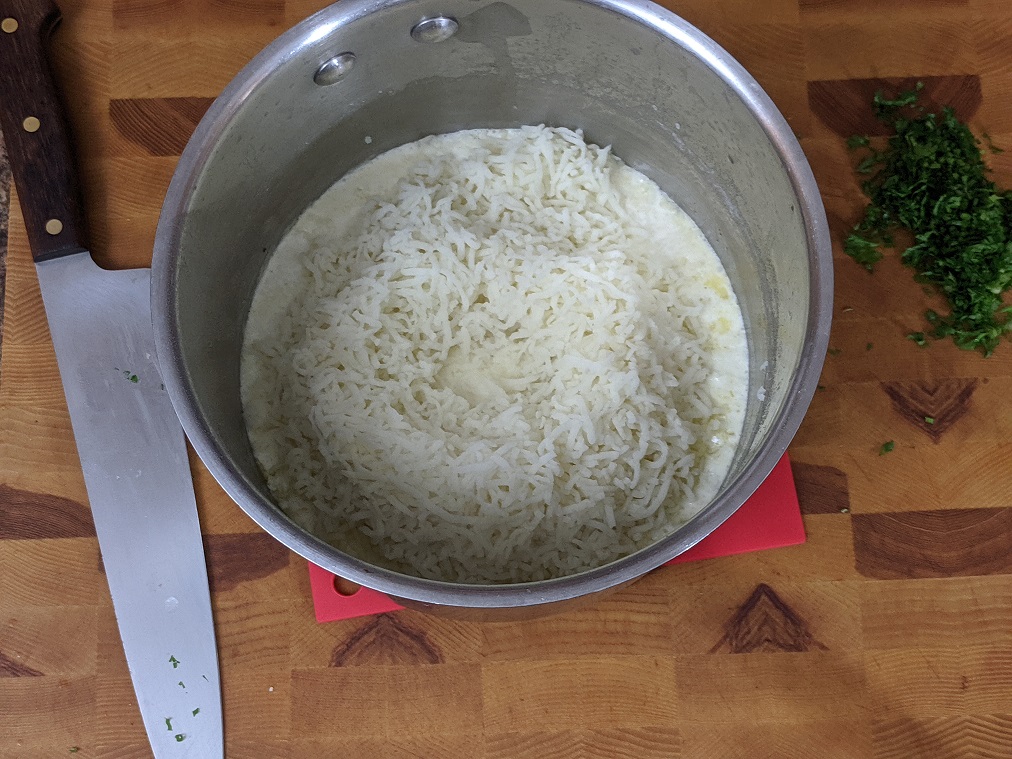
0 Comments